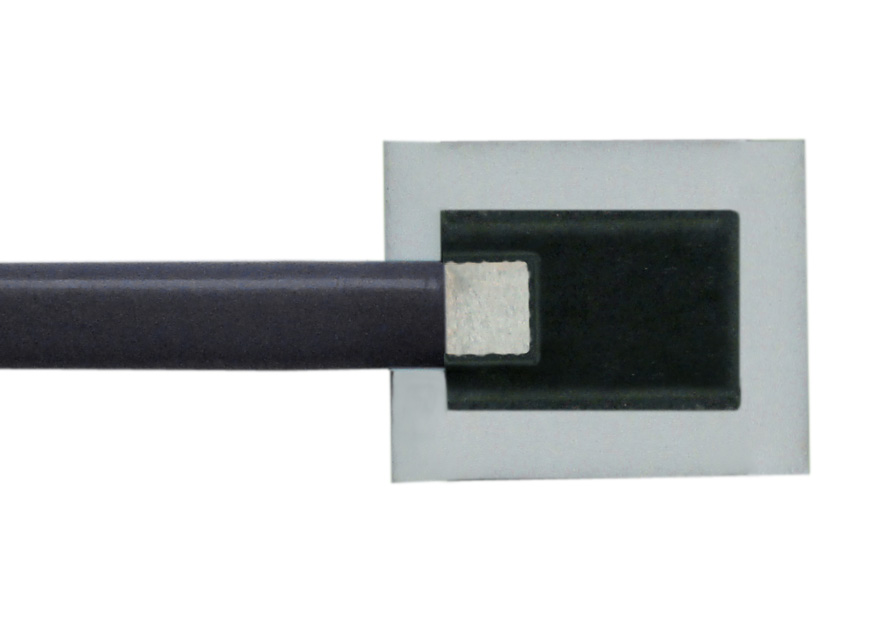Resistance Temperature Devices (RTD)

They are divided in 2 major technologies:
1. Wire coil or deposited film of pure metal
The element's resistance increases with temperature. They have a very good repeatability
and excellent accuracy over a wide temperature range. Temperature range : -260 oC to 850
oC . Platinum RTD's produces a more linear response than thermocouples or thermistors.
Therefore, Electronic temperature controls using these RTD are simpler and cheaper than
controls using thermocouples. They do not need special connection wires like
thermocouples.
They are standardized by IEC 751. The most common models are Platinum 100 ohms and
Platinum 1000 ohms. They are worldwide used and interchangeable. For standard accuracy
measurement, they are connected with 2 wires. 3 or 4 wires connection can be requested
for high accuracy temperatures measurement to compensate wire resistance.
Their use in flexible heating elements can be risky, as most of them are not flexible,
and have much larger dimensions than thermocouples ( 2 x 5 x 1 mm is usually the
smallest possible size)
2. NTC: they use resistivity change against temperature of mixed metal oxides
The element's resistance decreases with temperature. They have a poor repeatability and
medium accuracy limited to a short temperature range. They are not linear.
Interchangeability is limited, even using products coming from the same supplier.
Their main advantage is their very small size, very low cost. They are commonly used in
appliances with low cost electronic controls. They just need 2 standard wires for
connection When using the smallest size they can be built in heaters without increasing
its thickness and without changes in its flexibility.